Perspective: Sudan – Land of Water and Thirst; War and Peace
 Circle of Blue introduces the first contributing column from Dr. Paul J. Sullivan, an expert on resource conflict in the Middle East and parts of Africa. In his first piece, Sullivan discusses the water crisis in one of the world’s most spotlighted failing states — Sudan.
Circle of Blue introduces the first contributing column from Dr. Paul J. Sullivan, an expert on resource conflict in the Middle East and parts of Africa. In his first piece, Sullivan discusses the water crisis in one of the world’s most spotlighted failing states — Sudan.
By Dr. Paul J. Sullivan
Special to Circle of Blue
As we approach the January 2011 date for the referendum on the south, and as we see Darfur seemingly in an eerily, but uncertain, peaceful period, we need to look at the water situation in Sudan. Water will be a make or break issue for the peace process in Sudan and in deciding whether the Sudan will move forward in peace and prosperity or more poverty and war. It is a country that went through one of the most brutal civil wars in history. Millions were killed and displaced. Sudan is the country of Darfur, “The lost boys,” and lost generations. One of the driving forces behind the start of the last civil war between the south and the north was the Jonglei Canal. This is an idea that has been around for a very long time. It was to be a canal to bring the water through one of the largest wetlands in the world, The Sudd, more quickly to the north and to Egypt. But those earlier plans did not include much improvement in the lives of the people of the South and along the proposed canal. Dr. John Garang, one of the leaders of the southern rebels wrote his Ph.D. on the Jonglei Canal. The horrors of Darfur can be partly traced back to climate change, rain pattern changes, and water stress. Water is a very big issue in Sudan.
About 80 percent of the people in Sudan find their livelihoods in agriculture. Agriculture is about 40 percent of the country’s GDP and accounts for about 97 percent of the water use. Meanwhile 70 percent of agriculture in Sudan is rain fed. The rest of agriculture can find its water through small traditional spate irrigation and via khors, small mostly hand dug canals, or via huge irrigation projects, such as the Gezira project — which uses about 35 percent of Sudan’s water, and the many giant sugar irrigation schemes. Sudan has the largest area of irrigation in all of Sub-Saharan Africa, but even if this is poorly managed and maintained.
Water is not just income and jobs in Sudan. It is life, most particularly in the dry areas of the country: in Darfur and in the north while most of the wetlands are found in the south. This huge country has many climate and water zones. It has massive underground water reserves that are part of the largest source of freshwater in the world, the Great Nubian Sandstone aquifer. It also has the large Umm Rawaba and other aquifers. Sudan has the Nile, the Atbara and many other rivers coursing through it. The country is also blessed with the Nile River Basin, which is a watered, mostly underground area that can stretch to 80 percent of the country. As much as 80 to 85 percent of Sudan’s population used the Nile Basin waters. Most of the rains happen in the south. Much of the Nile water comes from other places, like Ethiopia, Uganda and more. The waters from the White Nile and The Atbara in the south and west rise and flood at different times from the Blue Nile and other sources in the east and central parts of the country — no real efforts have been developed to coordinate and better manage these flows and stocks.
Sudan not only faces down the threats from a potential new civil war, it also faces external tensions that could build over the sharing, use and abuse of the Nile across countries in the region. There is only one agreement between the many nations who share the Nile and that was established in 1959 between Sudan and Egypt. As the other countries along the Nile, including the most likely new Sudan in the south, want to develop, demand on the water of the Nile for electricity production, irrigation, industry and more will grow greater. Sudan also shares groundwater resources and sources with other countries. Though the ground water flows, the data on this is as scarce as good management of it.
Astonishingly little of its recharged groundwater and its surface water are used in this often water stressed country. What is used is often wasted with inefficient irrigation methods and even quite destructive rain fed farming methods, and livestock overgrazing. Meanwhile the extraordinarily destructive mechanized agricultural system that is causing huge deforestation, land and river bank erosion, salinization, and more negative effects. Water treatment is almost unheard of in the country, especially in the south. Water-borne diseases are rampant and pesticide poisoning via the water-food chains are likely quite common in some areas. The growth of the mesquite tree and water hyacinth has also wreaked havoc on the country’s water systems.
The precious water of Sudan is being degraded in many areas and wasted in others. Basin and catchment degradation are the norm in many parts of the country. The country is, on average, water rich, but it is management and maintenance poor.
Siltation near small and large dams is common. Suspended solids and stagnant water are common near the dams. Sudan needs the hydroelectricity — it is constantly in a severe energy crisis, but the dams could be more costly to the water and the environment than many may think.
Then there are the very difficult problems of what to do with the huge numbers of returning IDPs and the possible movement of southerners from the north to the south. Also, how are the north and the south to coordinate their water management and water uses? These are very big issues that need to be resolved, or at least managed better.
Sudan can solve its water and related problems with better data collection, better regulations and rule of law, improving incentives for using the water better, and simply managing the water better in an integrated water management system. All of this is easier said than done, but just about everyone who studies the water problems of Sudan, including many world class Sudanese, see the solutions, but also the excruciating practical problems in applying them. Poor governance and lack of governance capacity are huge issues, most particularly in the South.
Water is vital for food production, which is in decline as the population grows in Sudan. Clean water is vital for health and sanitation, but it is rare in and near the cities and even near some of the smaller villages. Most Sudanese use whatever water they can find, and sometimes that water is unhealthy, at times even deadly.
Water, land, food, energy and development are tightly and importantly interlinked. Water is also very much linked to the potential for peace in the country. The tensions and potentials for peace in Darfur, between the north and the south — and amongst many other in other regions, including between local tribes and clans — can be, in part, determined, by the availability, quality, sharing, management and maintenance of water sources in the country.
If the mismanagement and inadequate mediation methods continue we could see more wars and conflicts– and millions more dying and displaced. Water and all of its complex relations with land, development, opportunity, health, and more will be some of the reasons behind these preventable horrors.
Dr. Sullivan is a professor of economics at the National Defense University, Adjunct Professor of Security Studies and STIA at Georgetown University, and an adviser to Sudan projects at the United States Institute of Peace. He is an internationally recognized expert on the Middle East, parts of Africa, and international energy, water and other resource security and conflict issues.
Circle of Blue provides relevant, reliable, and actionable on-the-ground information about the world’s resource crises.

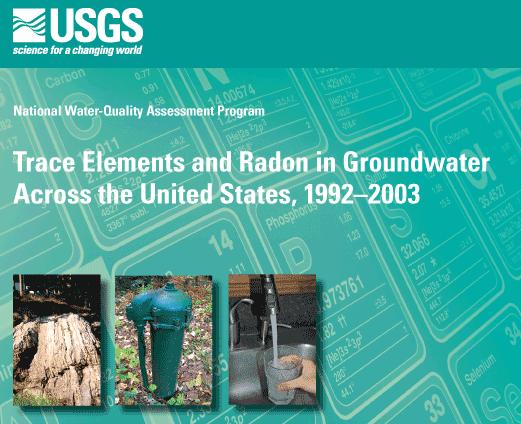
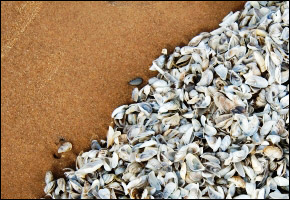
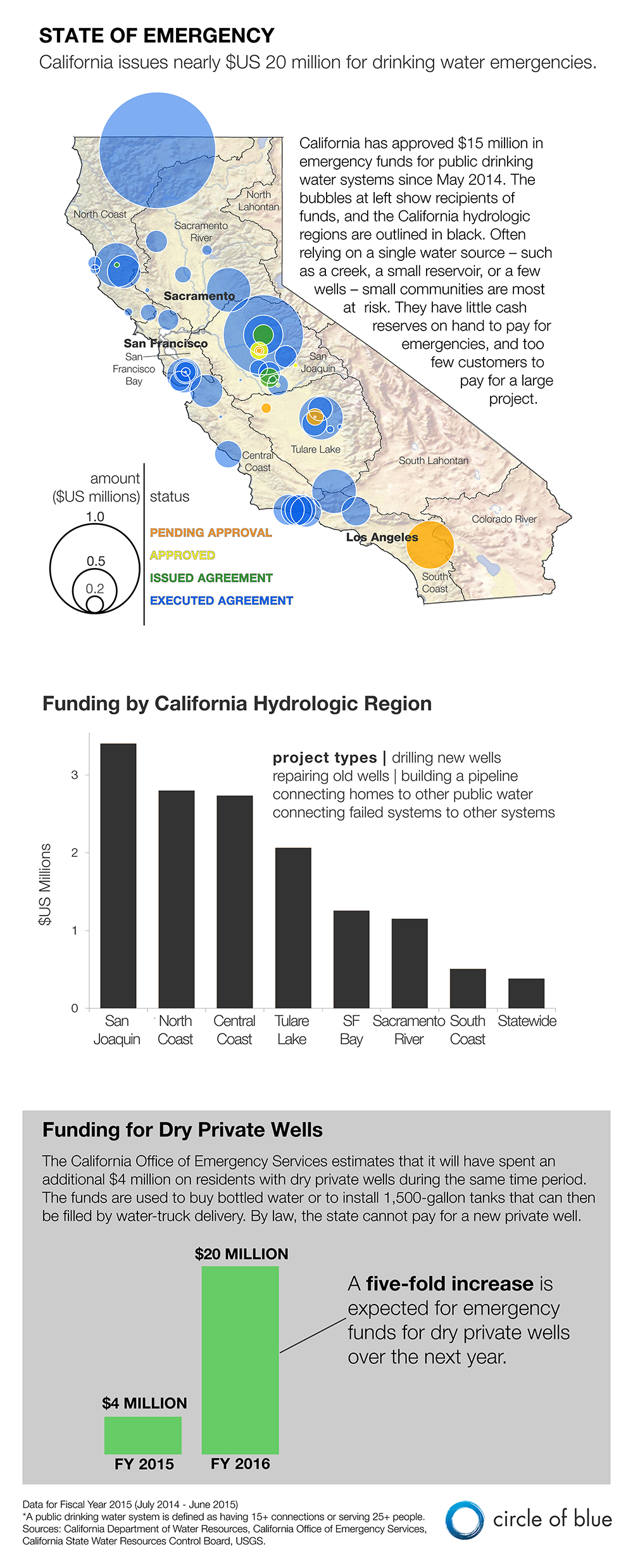
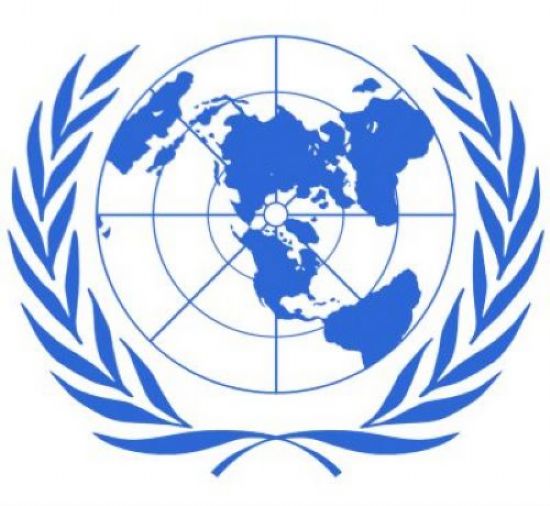


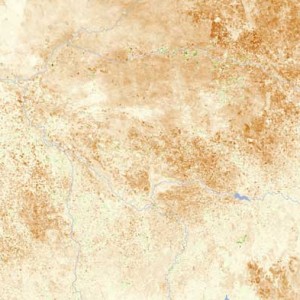

That infestations of water hyacinth and mesquite are a very large part of the water problem in Sudan, along with typha and phragmites. Weeds are sucking up precious water all over Africa, and everywhere else too. Everything we do with our waters encourages one weed or another. They are siltation and dessication machines. They silt up waterways until they are no longer in contact with the subterranean water. They transpire water so quickly that it doesn’t have time to accumulate. Tributaries and lakes dry up, suppressing “lake effect” rains. Aquifers do not get replenished. The weeds and their silt must go.
Good news! They are all biomass, suitable for use as fuel. There are many uses for their fiber too. Some of it is fit for human consumption, but aquatic weeds have a janitor in their soul, and collect toxic chemicals so not just any can be eaten. With some effort a huge source of food for you could be opened up from typha and water hyacinth. For the time being, fuel is safer. You can make biomass briquettes from water hyacinth, use them as fuel in one of the new gasifier stoves you can make yourselves, and use the charcoal byproduct for biochar or for fuel. You can use the silt that must be removed as soil or soil conditioner.
This is a worldwide phenomenon. In the USA, a serious part of our “dustbowl” problem is the large number of “cattail sloughs” that should be lakes. They are a main driving force in desertification.
It will be very interesting to see what happens with the Jonglei Canal project and the Nile River if Southern Sudan decides for self-determination in 2011. North and South Sudan are having difficulty sharing oil revenue, imagine the difficulties sharing the Nile Basin!?
I will repost your article on my blog as a guest contributor. It is the first article I have read that discusses water issues in Sudan so well.
cheers,
david
twitter: david_widge
Conflict over resources will become more prominent in the coming decade, especially over water, not only in the Nile region but all over the world. In a blog for the Future Agenda Project, Professor Stewart Burn comments that “countries are recognising the higher chances of conflict as different economies seek to secure resources” and “while today much of India, China, the Middle East, Australia, Africa, the US and southern Europe are already water stressed, by 2020 significant areas of Northern Europe and South America will be added to the list”: http://www.futureagenda.org/?cat=5.
Southern Sudan is ready to be an Indepedent State by and means.
We are attactive and can not be cheated by the North
Egypt has a lot of possibilities for fruitful work of giving to the Sudanese in Egypt. Egypt has great cinema, has fashion, has the song and music, television outreach also in the USA Trade. Egypt Trade always progresses. Egypt must allow the Sudan to go to work in Egypt (cinema, television, show, song, and much more) is used to integrate the work of Sudan. I buy good water, honest job.
But whether a place of residence or business all the other human needs addressed by Permaculture are also present, in support of such shelter.
In addition to the zoning regulations and land use requirements some jurisdictions may also have Boards or Committees to enforce local aesthetic or historical guidelines that were put in place to convey or preserve special character and value to a whole City
or specific neighborhood. The wildlife they are exposed to is
often mediated by technology or educational curriculum that just doesn’t offer the
allure of a virtual world.
awwww man so we back in the mine got pickaxe swing form side to side, side side to side.. heads up you hear a sound turnaround and blows up